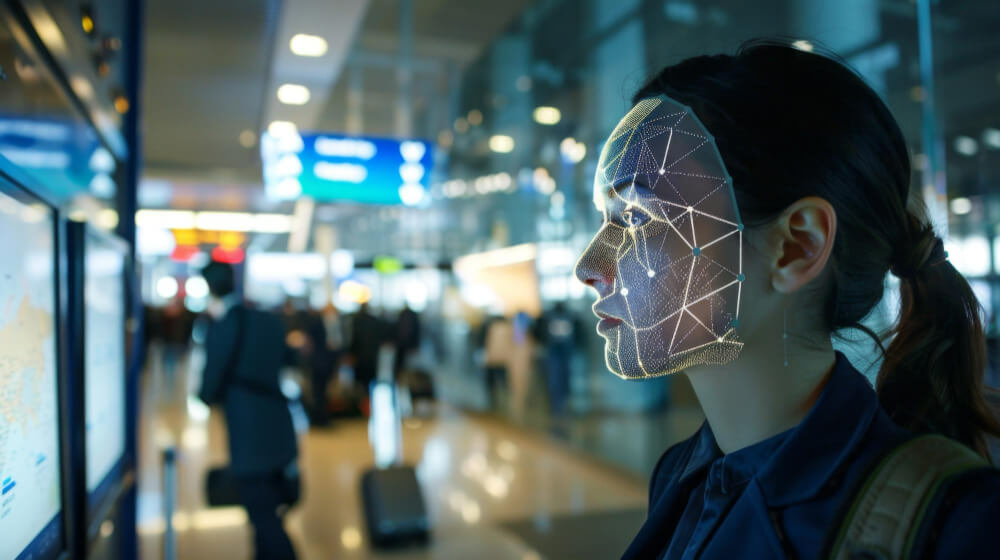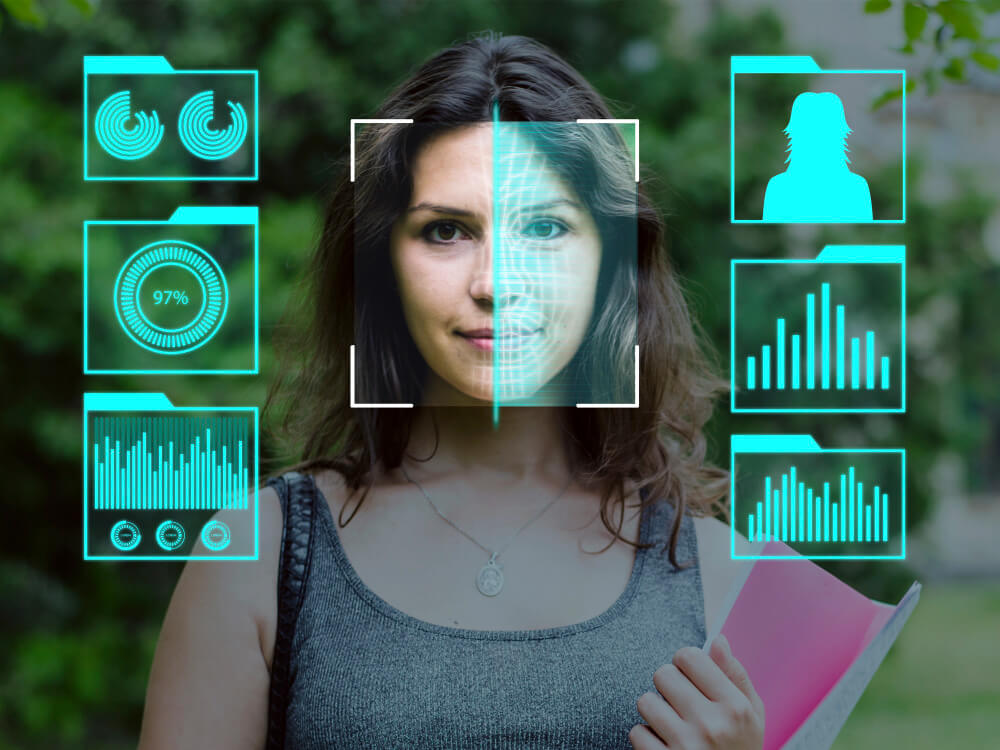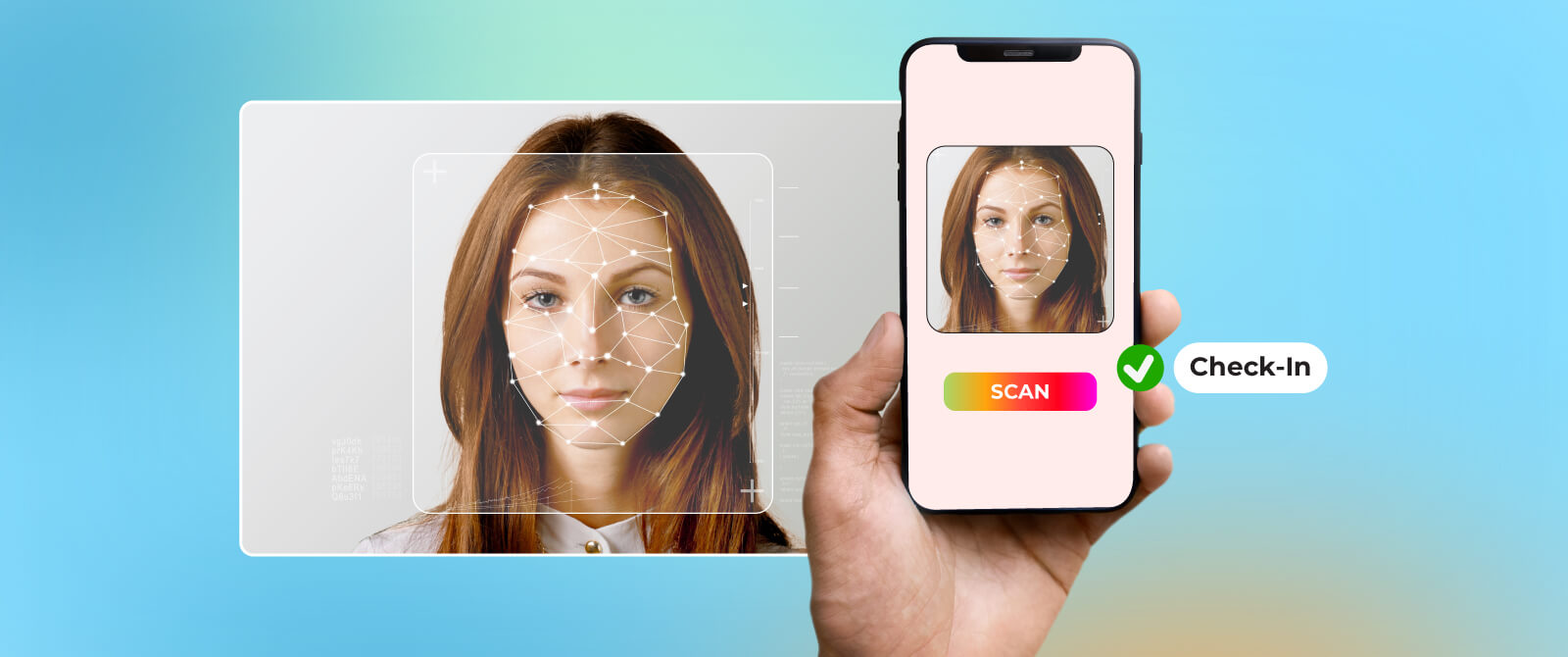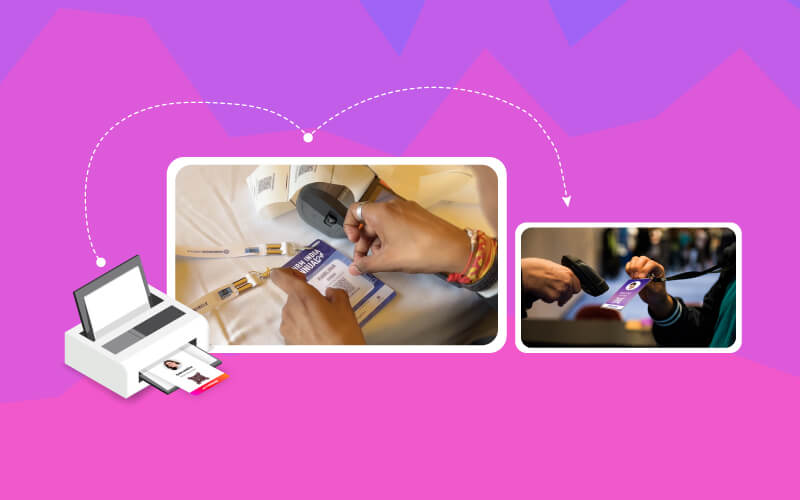For any event, efficiency, and safety are critical. But traditional check-in systems which is time consuming are being replaced with technology. Among these are facial recognition solutions for events, which have proven to be game changers in this field. In this blog, we will look at how event check-in face recognition can improve your check-in experience at events, as well as the benefits of integrating it with other technology.
Table of Contents
What is Facial Recognition for Events?
Facial recognition for events is accomplished through complex algorithms that can detect the identity of people using their unique facial characteristics. As such, this tech gets a hold of your unique facial appearance to permit you access ensuring a seamless and secured check-in activity. Simply by facing a camera, guests can be confirmed and received within no time enhancing their experience completely.

Why It Matters
- Efficiency: Facial recognition simplifies and makes the check-in procedure faster than ever, reducing waiting times and long queues significantly. Participants can therefore enter without any fuss, having a more interesting and less stressful experience.
- Security: This technology works by ensuring that only those who are registered can enter. Additionally, it minimizes chances of getting scammed or entering into the venues without due authorization which could otherwise be made possible with normal tickets usually exchanged between people.
- Innovation: By using facial recognition at an event, it shows that organizers are serious about technology and it adds modernity to the elated audience making the event stand out.
The Growing Importance of Facial Recognition in Event Management
Facial recognition solutions for events are revolutionizing the way events process check-ins and handle access control. Using face recognition for event access, these solutions provide a smooth, safe, and efficient alternative to conventional methods. Unlike manual check-ins or paper tickets, facial recognition technology provides a fast and contactless entry experience which is paramount in the management of large gatherings effectively.
Event access management can be improved by using facial recognition solutions for events leading to safer events. Biometric data is used to correctly identify attendees thus decreasing the possibility of unauthorized access.
Facial Recognition Technology Uses Across Different Event Types
Facial recognition technology is transforming event management across various formats. Here’s how it enhances different types of events:
In-Person Events: Facial recognition speeds up and secures entry at in-person events like conferences, trade shows, and exhibitions. Attendees simply scan their faces at check-in kiosks, bypassing long queues and manual ticketing processes. This not only improves efficiency but also enhances security by ensuring that only registered individuals gain access.
Hybrid Events: For events that combine in-person and online elements, facial recognition technology streamlines the physical check-in process and integrates with online platforms. It can manage physical entries while securing virtual logins, providing a seamless experience across both formats.
Virtual Events: Although primarily used for physical access, facial recognition can also enhance virtual events. It can secure logins to virtual event platforms and verify identities during online interactions, adding an extra layer of security and personalization.
How Facial Recognition Solutions Work in Event Check-In Systems
To truly comprehend the significance of facial recognition Solutions for Events, it’s vital to understand how they work inside event check-in systems.
- Registration: Attendees sign up for the event in advance, either online or via a mobile event app. During registration, attendees can submit a picture for face recognition for event access.
- Check-In: During the event, guests check in at a kiosk or station equipped with face recognition cameras. The technology scans their faces and compares them to pre-registered data.
- Access Control: Once validated, the participant is granted admission to the event. This approach is quick and secure, requiring significantly less time for check-ins than older techniques.
Benefits of Using Facial Recognition for Event Access
The adoption of facial recognition solutions for events offers transformative benefits that extend beyond mere convenience. By integrating event check-in face recognition technology, event organizers can gain several key advantages:

Speed and Efficiency
Event face recognition systems offer the significant advantage of avoiding time waste during the check-in process. Manual ticket scanning takes a lot of time as was the case with earlier methods. Unlike these traditional approaches, facial recognition provides an instant moment. At this point all an attendee has to do is to go close to a check-in kiosk which has their digital picture stored in it. As a result, attendees can get inside promptly without spending endless minutes at registration desks or long lines. Consequently, they can proceed directly into what matters on that day- participating in diverse activities during the event itself.
Enhanced Security
Facial recognition technology increases safety as it is a reliable means of confirming the identities of attendees. In contrast to traditional methods using printed tickets which can be lost or copied. Facial recognition utilizes unique biometric characteristics to ensure that only authorized persons are allowed within the premises. As a result, this reduces cases of wrongful entry and at the same time enhances environmental security. This additional security is very crucial, especially for events where well-known personalities are present or sensitive materials are involved.
Improved Attendee Experience
Attendees appreciate the convenience and speed of event check-in face recognition. The absence of physical tickets or manual check-in processes makes face recognition for event access more hassle-free since it does not require touching anything. Hence, it is stress-free, and pleasant and boosts satisfaction levels in an event. The streamlined manner in which check-ins are carried out reduces the anxiety and frustration of the attendees; thus, bringing about a positive ambience for their overall experience.
Reduced Staffing Needs
The implementation of facial recognition solutions for events can minimize the staff involved in check-in operations. Normally, check-in processes are manned by many personnel who allocate tickets and ascertain the identities of participants. Facial recognition lessens the number of employees required at these points hence enabling more sensible use of resources. It therefore follows that fewer employees will lead to reduced operational expenses and hence easier management of events.
Integration with Other Technologies
Facial recognition can be effortlessly integrated with other event technologies to strengthen their functions. For instance, integrating facial recognition with a QR code for event registration creates a two-level check-in system that raises its precision and efficacy.
Challenges and Considerations
While facial recognition solutions for events offer numerous advantages, they also present challenges that need to be addressed:
- Privacy and Data Security: The use of biometric data raises concerns about privacy and data protection. Therefore event organizers need to ensure their facial recognition systems comply with relevant data protection regulations as well as enforce established security measures meant to protect the information regarding their participants.
- Technical Integration: Integrating facial recognition with existing event check-in systems and other technologies can sometimes be challenging. Additionally, the event organizers must partner with experienced technology providers to guarantee a smooth implementation procedure.
To address these challenges, the organizers need to follow best practices like conducting privacy impact assessments, selecting reliable technology platforms, and maintaining communication with participants on what will happen to their data.
Future Trends in Event Check-In: The Role of Facial Recognition
In the future, it’s expected that event check-in facial recognition will keep on having an impact in the field of events management. Facial recognition devices are advancing to a point where they can become more precise and reliable systems than before. Further developments in artificial intelligence and machine learning can improve facial recognition solutions for events making them more multifaceted and efficient.
In event access management, facial recognition will play an increasingly important role as new applications and features come up that would enhance the event experience. This means that future innovations in this area will rely on new types of custom badges for events and other integrations based on them, thus changing event management systems and their experiences.
To Read more: Event Access Management System
Conclusion
In summary, facial recognition solutions for events are an important step forward in check-in technology for events. By enabling face recognition to be used as a means of gaining entry into the same event, organizers ensure better security and therefore higher levels of satisfaction among attendees at such events. The integration of event check-in face recognition with technologies like QR codes for event registration and custom event badges will continue to enhance the event experience.
FAQ (Frequently Asked Question)
A more speedy and secure alternative to old-fashioned check-in methods, like manual ticket scanning or registration desks is facial recognition technology. It does away with long lines and lessens physical contact, creating a smooth entry procedure.
To implement facial recognition, one will have to use specialized hardware such as high-resolution cameras, software for detecting and matching faces as well as a secure database for saving biological data. Additionally, it is mandatory to have trustworthy IT support staff in place to ensure fluency in integration.
There are several limitations, such as the problematic accuracy of the cameras under different light conditions, needing high-quality pictures for registering the system, and doubts if it would work well in vast gatherings of people. Additionally, Integrating facial recognition with other technologies is sometimes challenging.
By analyzing various face characteristics, key facial recognition systems differentiate similar faces using complex calculations. In instances where there are identical twins or very similar people, extra ways of verification might need to be adopted.
Sometimes, there are just too many factors to be exhausted in determining costs. These factors may include; the scale of the event, technology provider, and specific features. There are generally four types of expenditures: hardware, software, installation, and regular maintenance. It is necessary to take into account these aspects while budgeting for facial recognition technology.





















